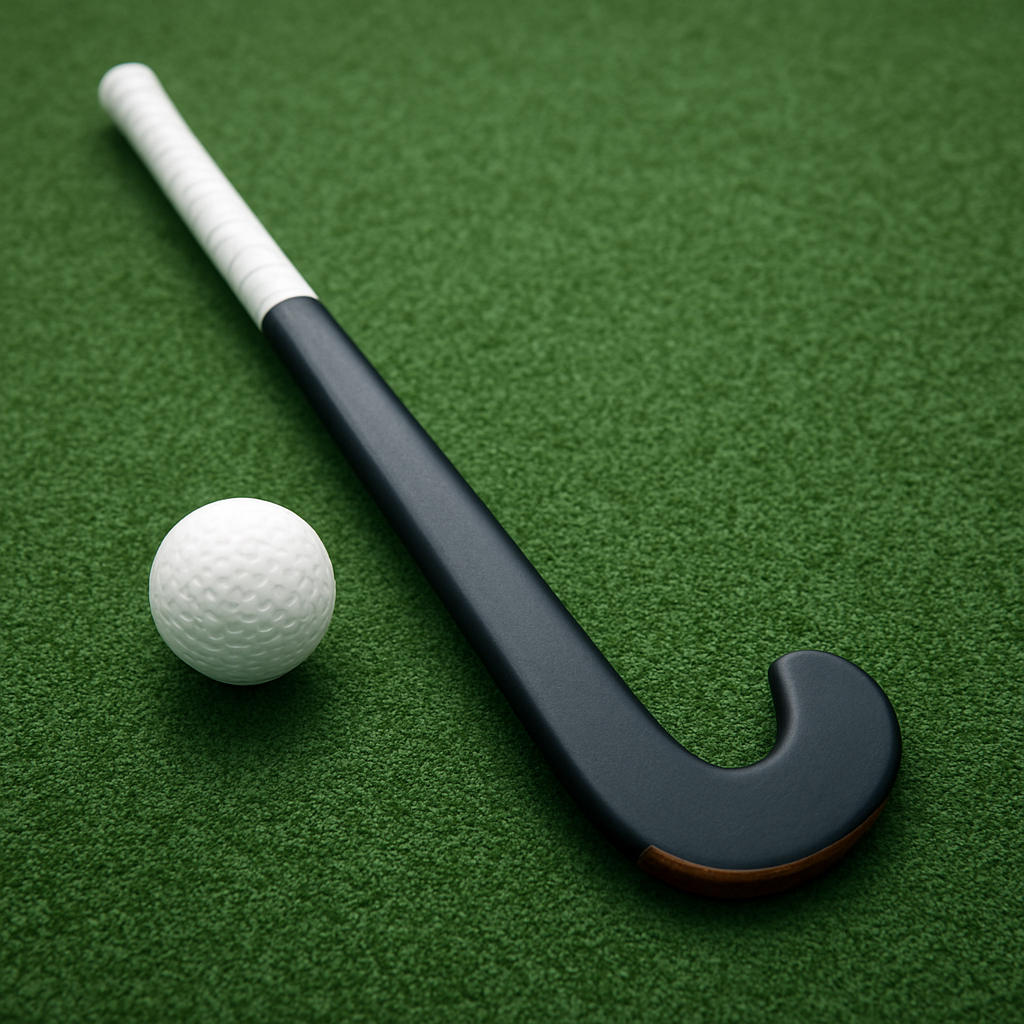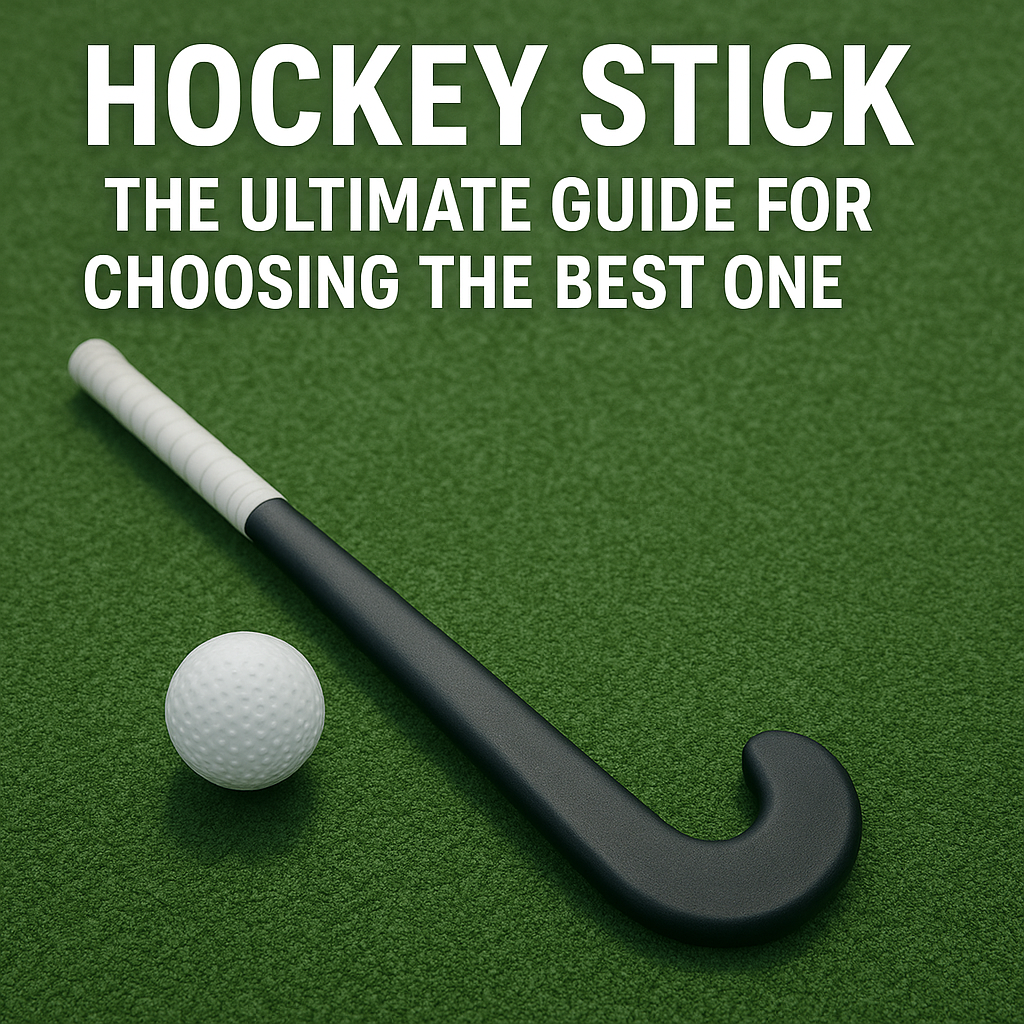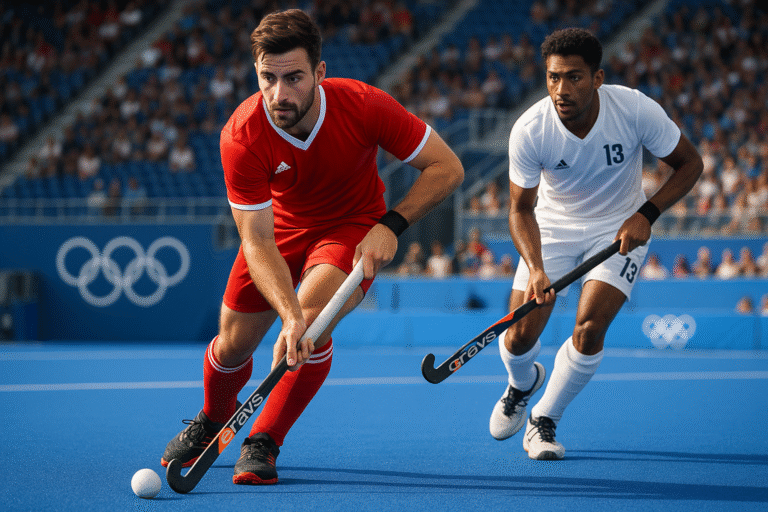Hockey Stick: The Ultimate Guide for Choosing the Best One
A hockey stick is more than just a tool for the game; it’s an essential part of a player’s performance on the field. As someone who has played hockey for many years, I’ve come to understand just how important it is to choose the right stick. Whether you’re a beginner or an experienced player, the right hockey stick can make a world of difference in your gameplay.
In this guide, I will walk you through everything you need to know about hockey sticks—from types and materials to how to maintain them properly. Let’s dive right in!
What is a Hockey Stick?
A hockey stick is a piece of equipment used in the sport of hockey to strike the puck or ball and pass, shoot, and defend. It consists of a long shaft with a curved blade at the bottom. The material, shape, and size of the stick can vary based on the player’s preference, style of play, and the type of hockey being played—be it ice hockey, field hockey, or roller hockey.
While it may seem simple, choosing the right hockey stick is a critical decision for any player. It can impact how you handle the puck, how hard you can shoot, and how comfortable you feel during the game.
Types of Hockey Sticks
There are several types of hockey sticks available, each designed to suit different needs and preferences. Here’s a breakdown of the most common types:
1. Wooden Hockey Sticks
Wooden hockey sticks are the traditional option. Although they are heavier compared to modern sticks, they offer great durability and a familiar feel. Many professional players prefer them for their control and ease of use.
2. Composite Hockey Sticks
Made from materials like carbon fiber, composite hockey sticks are lighter and stronger than wooden sticks. These sticks have gained immense popularity because of their strength-to-weight ratio, making them ideal for faster shots and better control.
3. One-Piece Hockey Sticks
As the name suggests, one-piece sticks are made from a single piece of material. These sticks are generally stiffer and offer more power while shooting. Many players prefer them because they deliver maximum energy transfer when taking shots.
4. Two-Piece Hockey Sticks
Two-piece hockey sticks consist of a blade and a shaft that can be separated and replaced. They offer more flexibility in terms of customization, but they are typically less durable than one-piece sticks.

Wanna explore much more related to Football, Golf, Cricket, and all popular sports?
Visit us today at sportsinfoo.online
How to Choose the Right Hockey Stick
When it comes to selecting the perfect hockey stick, there are a few important factors you should consider to ensure you get the best performance.
1. Stick Length
The length of your hockey stick depends on your playing position and style. Generally, taller players use longer sticks, while shorter players use shorter ones. A stick should reach anywhere between your chin and nose when standing upright. It’s crucial to find the right length for comfort and performance.
2. Blade Curve
The curve of the blade is another essential factor. The angle of the curve can significantly affect your ability to handle the puck, pass, and shoot. A deeper curve gives you more control over the puck, while a flatter curve is ideal for precision shots.
3. Flexibility
The flex of a stick refers to how much the shaft bends when pressure is applied. A stick with a lower flex is ideal for players who prefer quick wrist shots, while a higher flex is better for power shots. Typically, your flex should be half of your body weight (in pounds).
4. Grip
The grip of the stick can also impact your play. Some players prefer a sticky or textured grip, while others go for a smooth, gloss finish. It’s about what feels comfortable for your hands, so choose according to your preferences.
5. Material
The material of the stick plays a vital role in its performance. Wooden sticks offer durability, while composite sticks are lighter and stiffer for improved energy transfer. For most players, composite materials are ideal for high-performance play.
Hockey Stick Maintenance Tips
A hockey stick is an investment, and just like any other equipment, it needs proper care to last longer and perform at its best. Here are some essential maintenance tips:
1. Store Properly
Always store your stick in a dry, cool place. Avoid leaving it in direct sunlight or extreme heat, as this can cause the material to weaken and lose its strength.
2. Check for Damage
After each game or practice session, inspect your stick for cracks or chips, especially around the blade area. If you notice any significant damage, it might be time to replace the stick.
3. Reinforce the Blade
Using stick tape on the blade can protect it from damage during games and extend its lifespan. It also provides additional grip when handling the puck.
4. Clean Regularly
Wipe down your stick regularly to remove dirt and grime. Cleaning the stick helps maintain its look and ensures better performance during your games.
Why the Hockey Stick Matters
The hockey stick is a fundamental part of the game, and using the right one can significantly improve your gameplay. The right stick enhances your ability to pass accurately, shoot harder, and move with more agility on the field. Choosing a stick that fits your playstyle is essential for becoming the best player you can be.
For me, the transition from using a basic stick to a high-quality composite one made a noticeable difference in my performance. The increased flexibility and lighter weight allowed me to shoot more accurately and move faster. It’s an investment that pays off!
Final Thoughts
In conclusion, selecting the right hockey stick is not just about the price or appearance; it’s about finding the one that works best for your playing style and preferences. Whether you choose a wooden stick for its traditional feel or a composite one for its lightweight design, your stick plays a key role in your success on the ice or field. So, take the time to choose wisely, and don’t forget to maintain it well.
For more information, check out this official guide on choosing the perfect hockey stick for your needs.
If you’re interested in Golf passion and power, explore now

